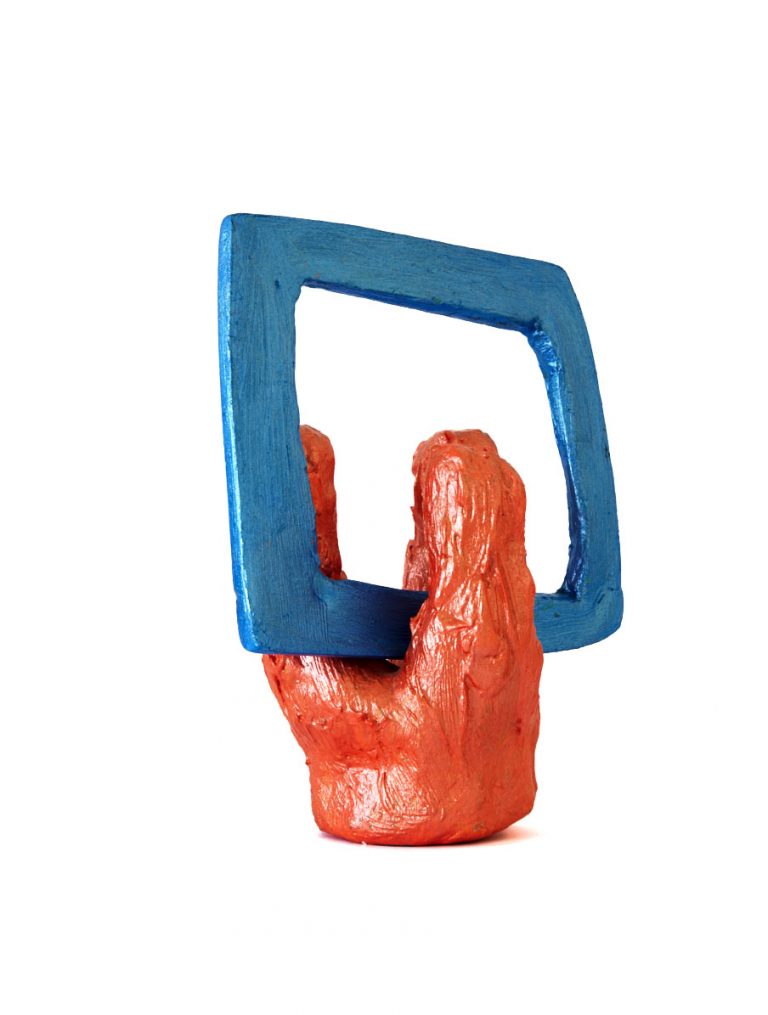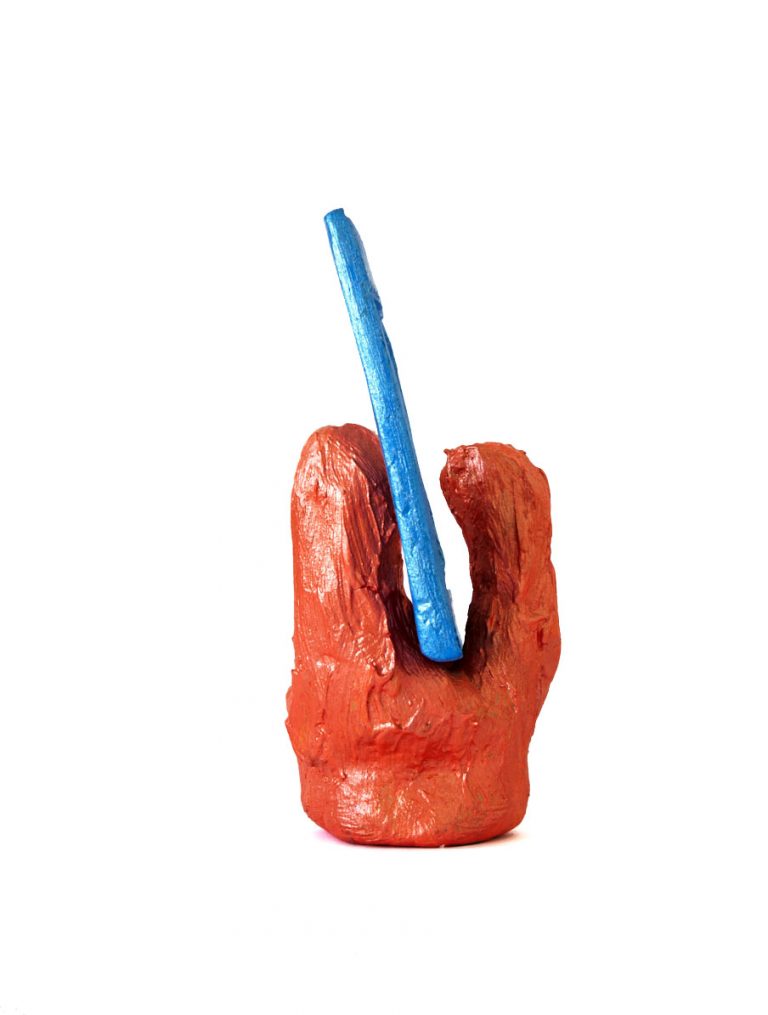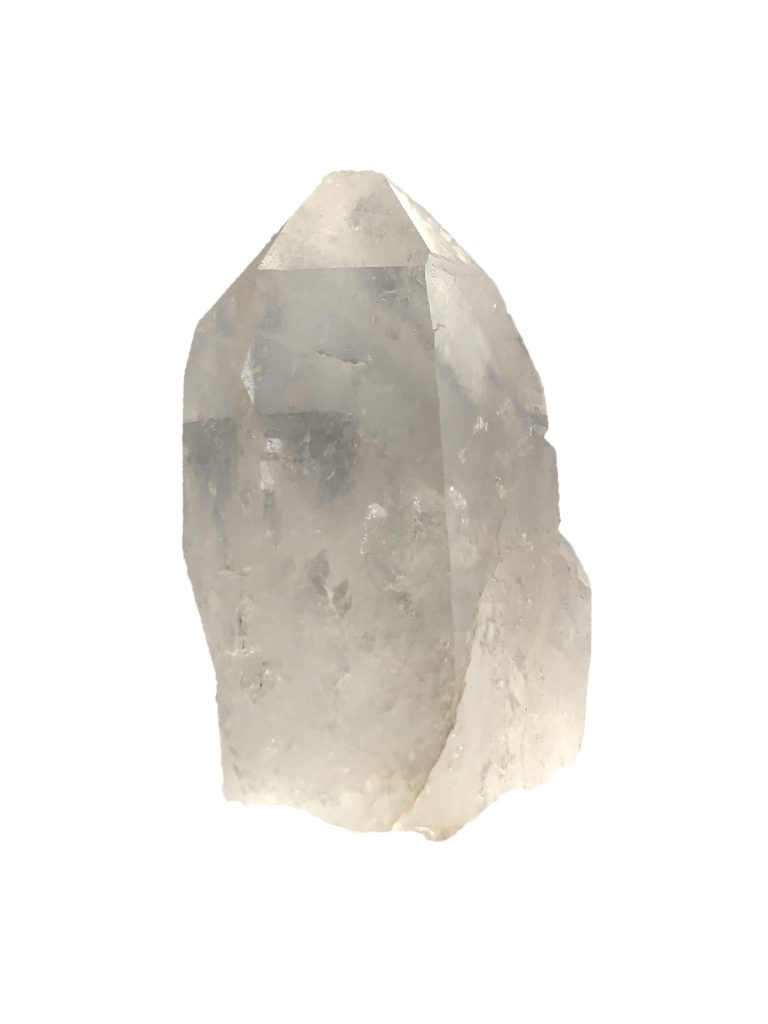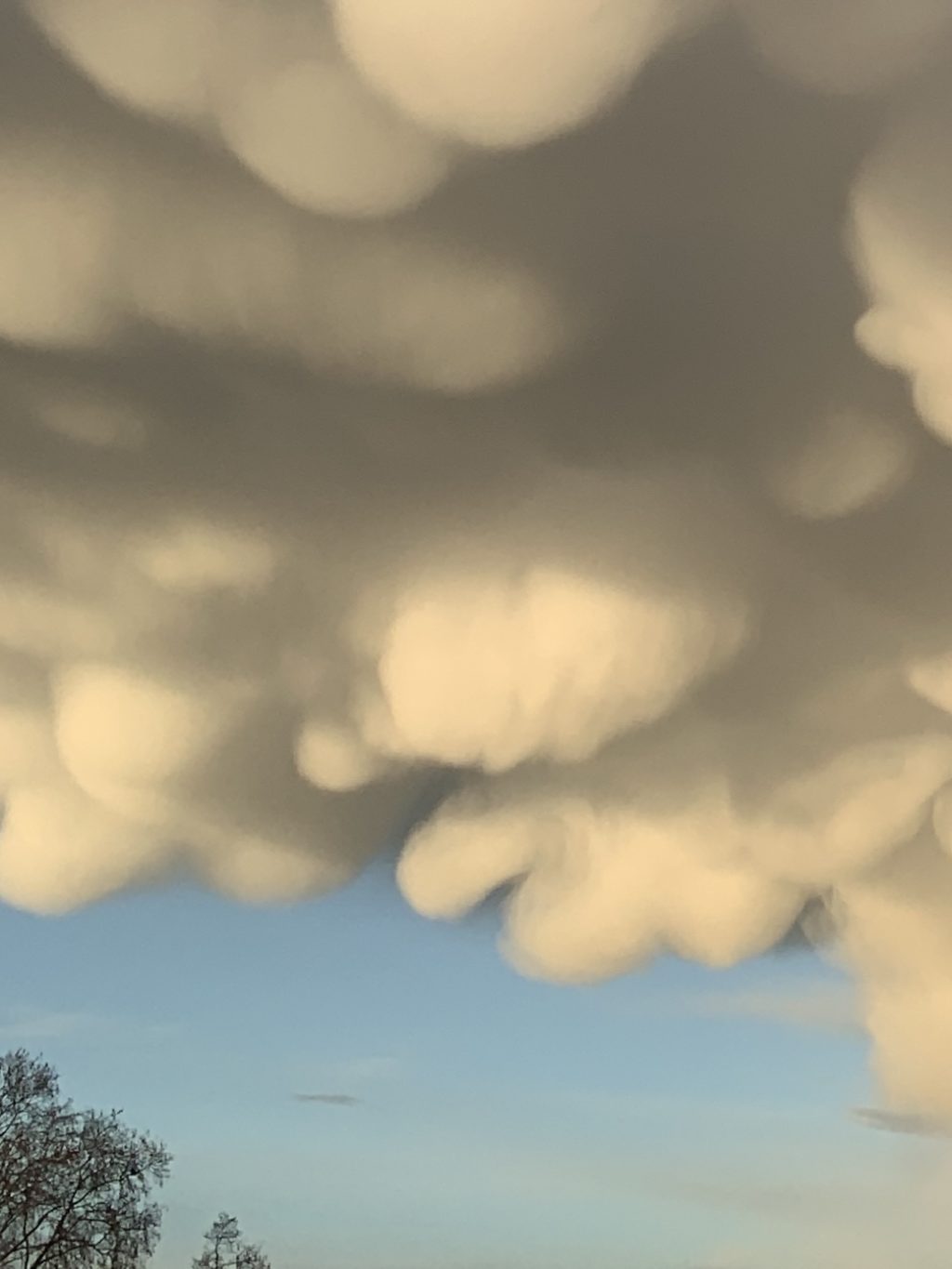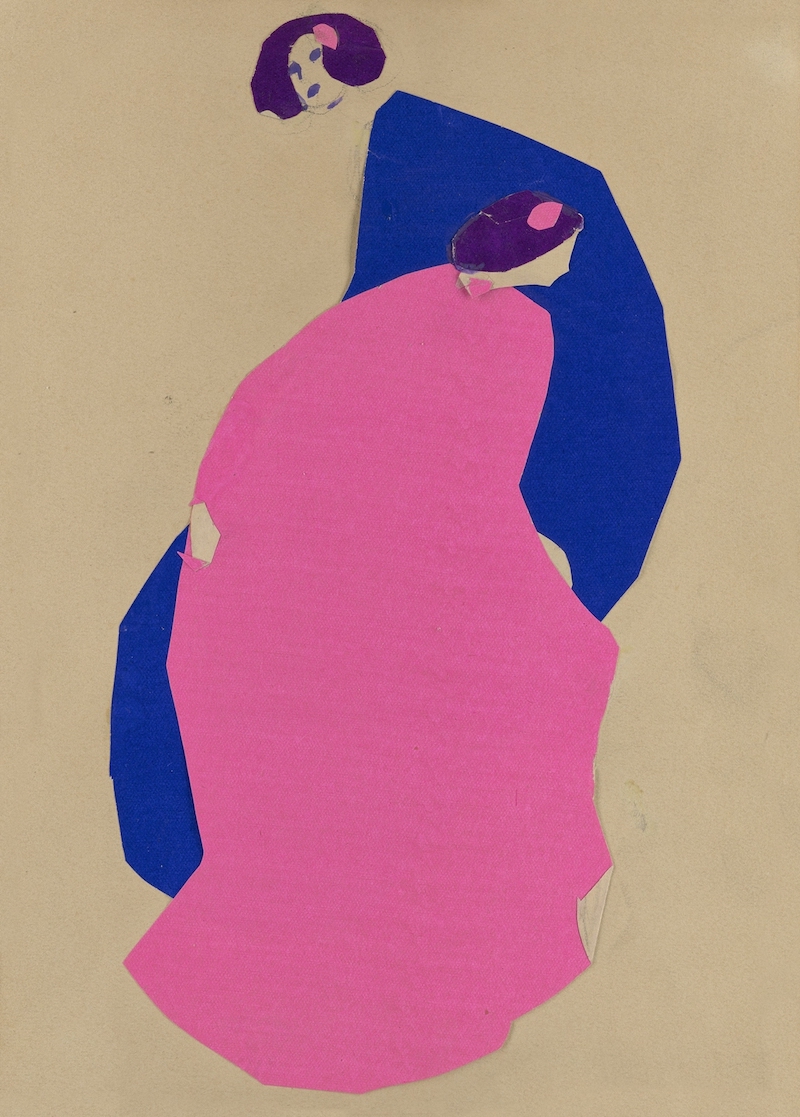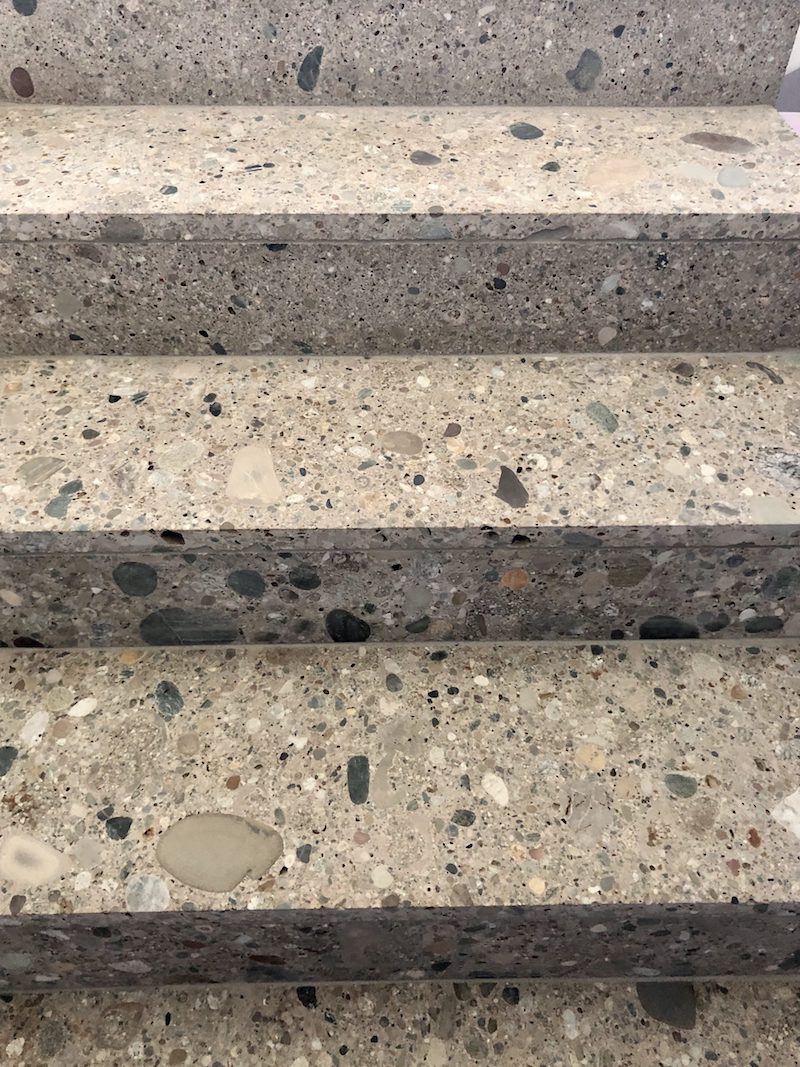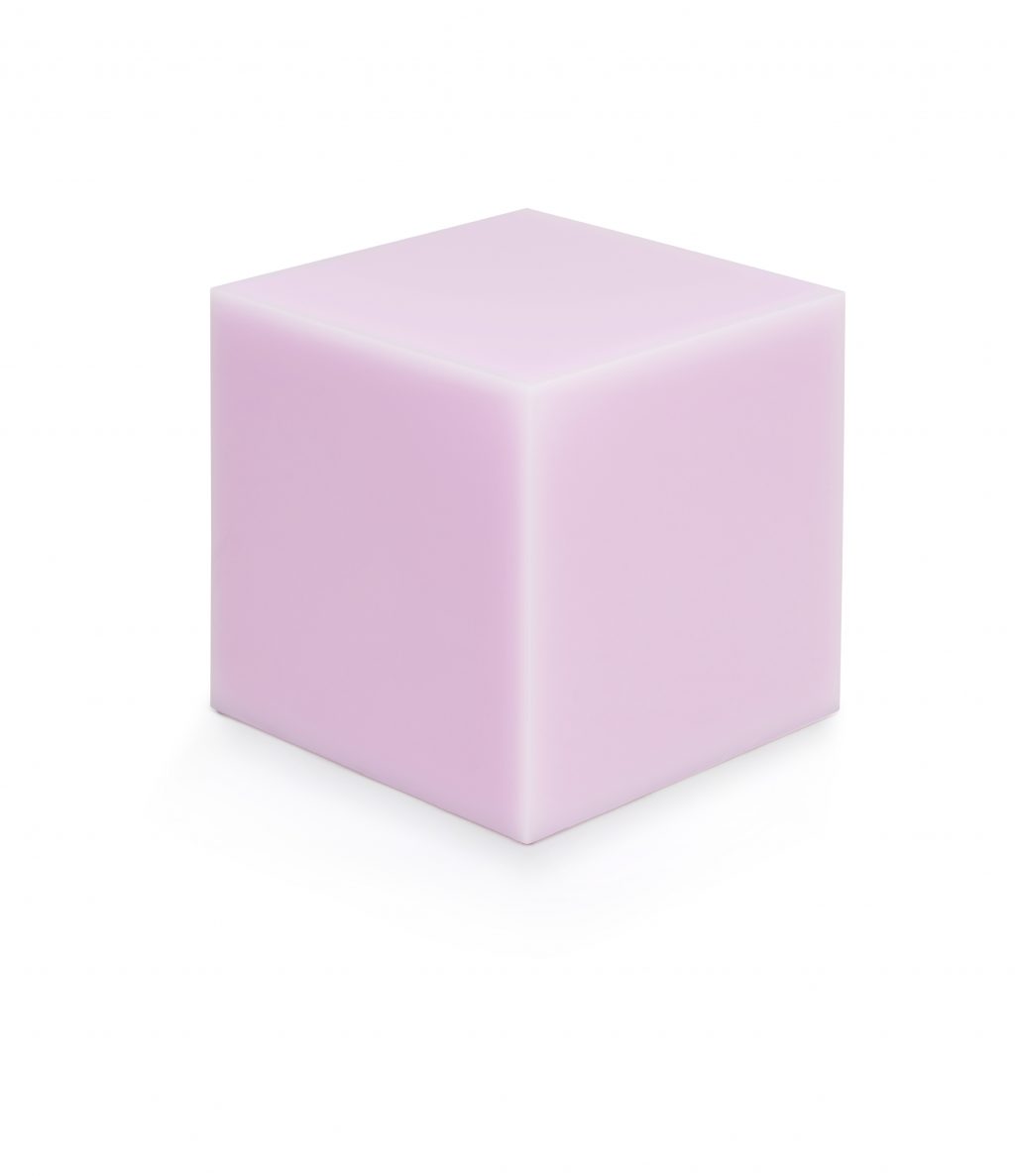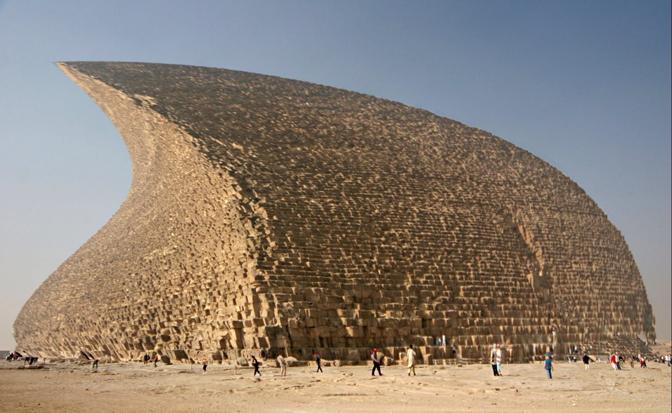Featuring more than 50 works spanning five decades, Fondation Beyeler’s solo show on Canadian Artist Jeff Wall (b. 1946) presents a comprehensive overview of his ground-breaking oeuvre. The exhibition includes his iconic large-scale transparencies displayed in lightboxes, alongside his large-format black-and-white photographs and inkjet colour prints. Conceived in close collaboration with the artist, the exhibition places particular emphasis on works produced in the last two decades, among them photographs on public view for the first time.












